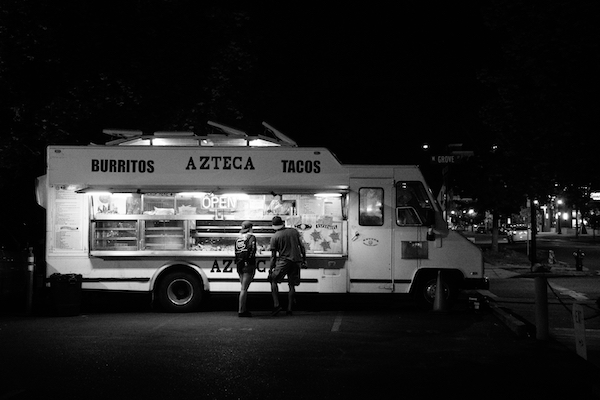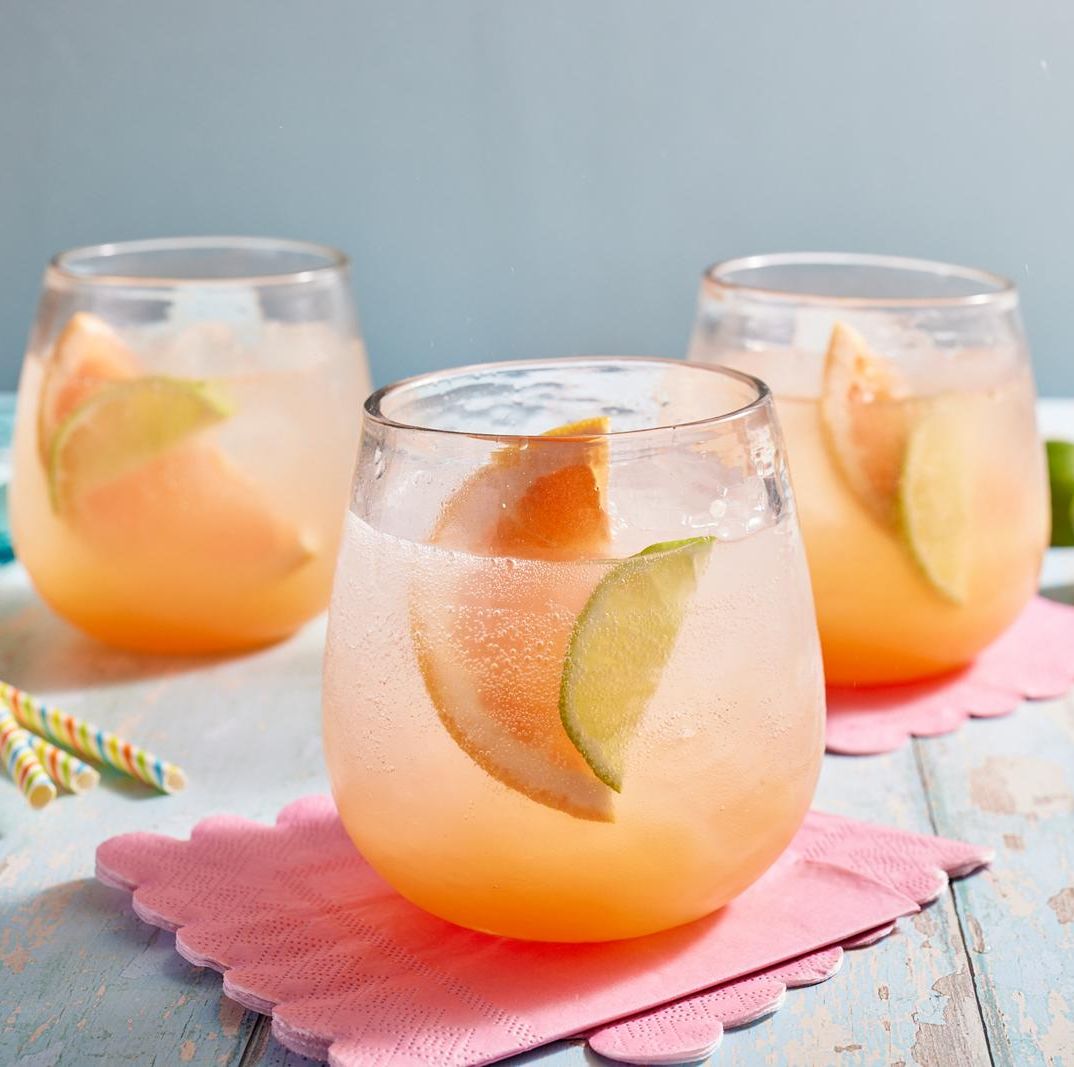
The very earliest form of Mexican alcohol was known as pulque and was produced by the Aztec nation as early as 1,000 BC from the fermented sap of agave cactus plants, which are used to make tequila and mezcal. This liquor was so important to Aztec culture that they even had a god of pulque called Patecatl. When the process of distilling agave cactus juice began, and how it was produced, is poorly recorded, but sources indicate it began at some point in the 1400s, during the Spanish conquest. The result was a form of liquor more like the tequila we enjoy today, and a trade in this substance between Mexico and Manila.
By the early 17th century, the first large scale distillery had been founded in the town of Tequila, but it wasn’t until the opening of the Cuervo family distillery in 1758 that tequila was produced commercially. Tequila as we might recognize it today hails from the Don Cenobio of the Sauza family (whose distillery opened in 1873) who discovered that the blue agave makes the best spirit.
Source: https://www.hotelmousai.com/blog












